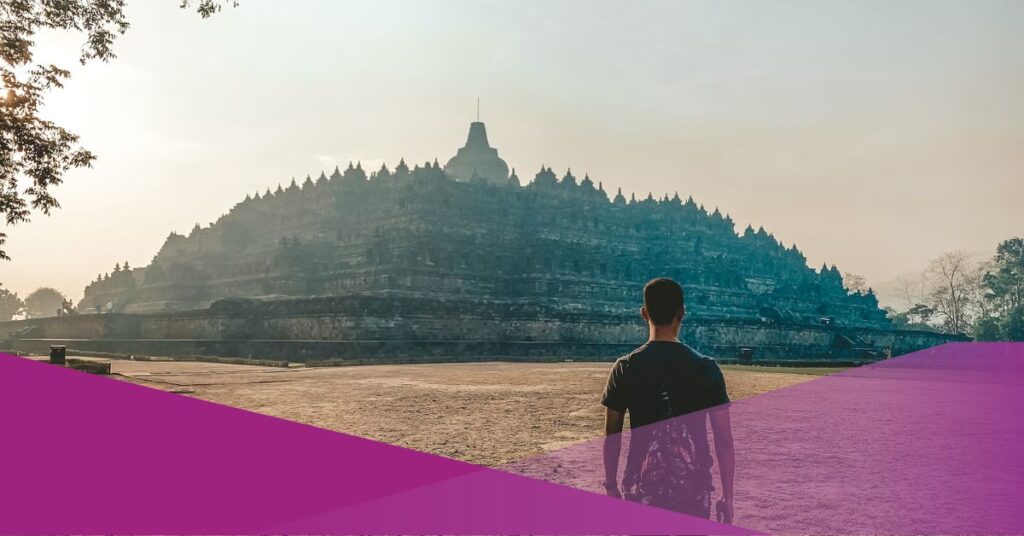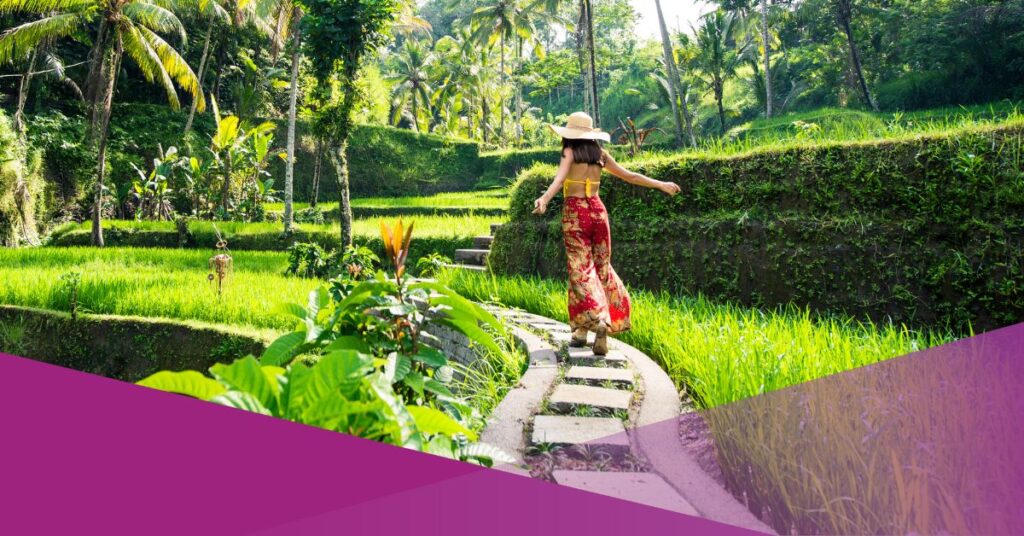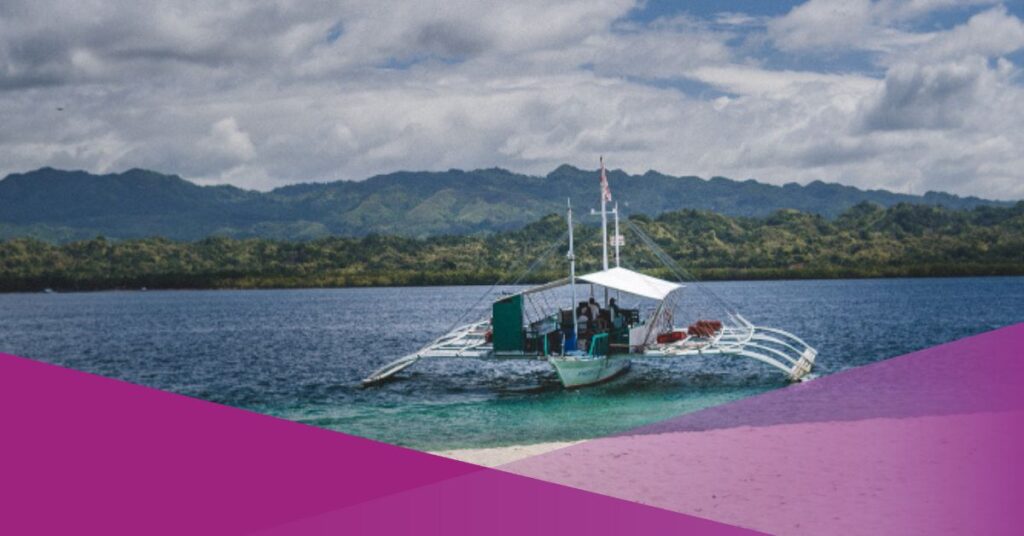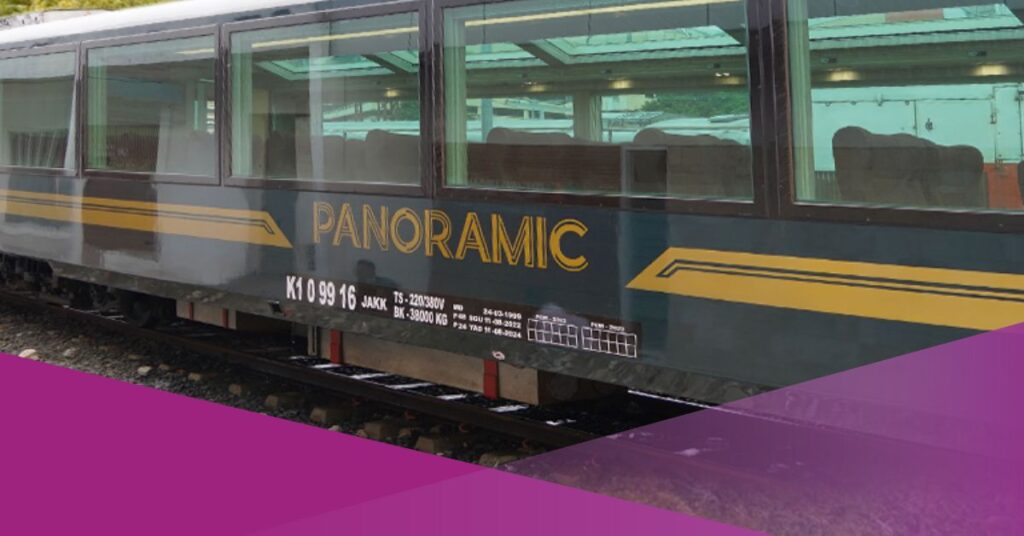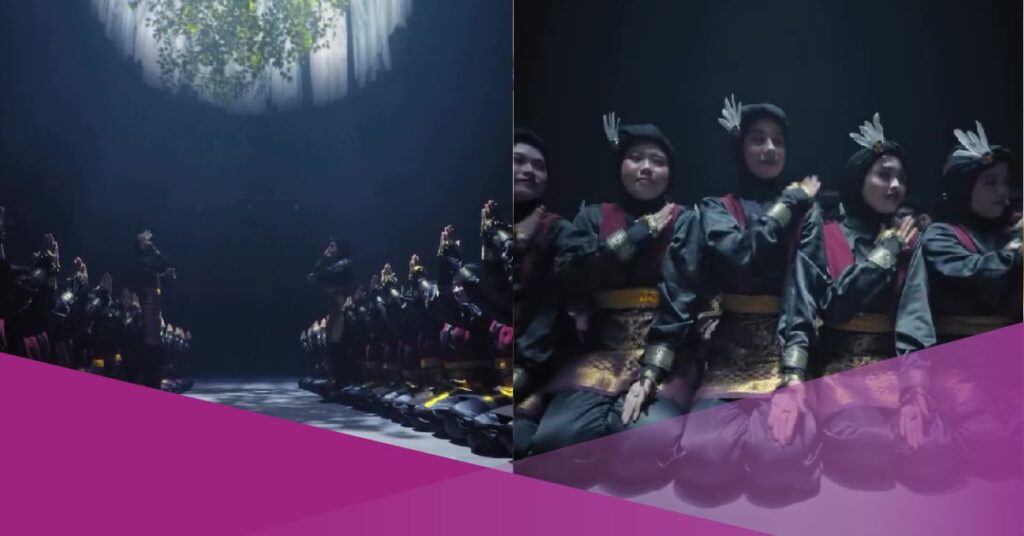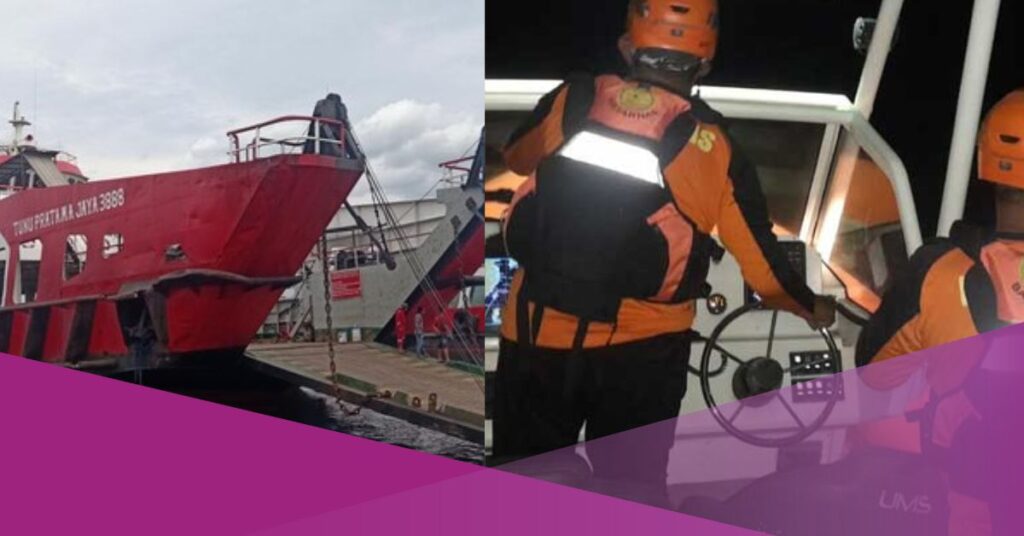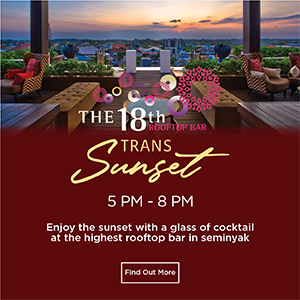Indonesia, the world’s largest archipelago, is a cultural and natural treasure trove. It’s no surprise that the country has several UNESCO World Heritage Sites, given its rich history and diverse landscapes. These sites, which range from ancient temples to breathtaking volcanoes and lush rainforests, provide a glimpse into Indonesia’s rich heritage and natural beauty.
In this article, we will look at some of Indonesia’s most significant World Heritage Sites, uncovering their historical and cultural significance as well as the unique experiences they provide to visitors.
An Overview of UNESCO World Heritage Sites
A UNESCO World Heritage Site is a special place (for example, national parks, forests, mountains, lakes, islands, deserts, buildings, complexes, regions, villages, and cities) that has been nominated for the international World Heritage programme administered by the UNESCO World Heritage Committee, which is made up of 21 groups (21 state parties) chosen by the General Assembly on a four-year contract. A World Heritage Site is a cultural and natural location, as well as objects that have meaning for humanity and will be passed down to future generations.
This programme was developed as a result of the Meeting Concerning the Preservation of the World’s Cultural and Natural Heritage, which was followed by the UNESCO General Conference on the 16th of November, 1972.
The Objective of UNESCO World Heritage Sites
This programme aims to catalogue, name, and preserve places that are important enough to be designated as world human heritage. Under certain conditions, listed places may receive funding from the World Heritage Fund.
UNESCO World Heritage Sites in Indonesia
As of September 2023, Indonesia has ten UNESCO World Heritage Sites. Six of the ten sites are cultural heritage sites, while the other four are natural heritage sites.
These ten sites are all unique in their way, and their existence is closely guarded. Let’s learn about the ten world heritage sites in Indonesia so you can put them on your list of places to visit in the country. The list below is taken from the official UNESCO website.
List of UNESCO Cultural Heritage Sites in Indonesia
Borobudur Temple
In December 1991, UNESCO designated Borobudur Temple, Indonesia’s largest Buddhist monument, as a World Cultural Heritage site. It was built during the Syailendra Dynasty and contains approximately 2 million stones from the river surrounding Borobudur. The temple has 504 Buddha statues, 72 overhanging stupas, and a central stupa and is located in Borobudur District, Magelang Regency, Central Java. The temple has a quota system of 1,200 visitors per day or 150 visitors per hour.
Prambanan Temple
The Prambanan Temple, located in the Klaten area of Central Java and Sleman, Yogyakarta, was designated a UNESCO World Cultural Heritage in December 1991, along with Borobudur Temple. It is the largest Hindu temple complex globally and is strategically located on the main road connecting Yogyakarta-Solo. The temple complex features three courtyards and a three-meter-high statue of Shiva Mahadewa. Built during King Rakai Pikatan’s reign, it was built between 840-856 AD.
Sangiran Ancient Human Site
In 1996, the Sangiran Ancient Human Site was designated a UNESCO World Cultural Heritage Site. According to the Ministry of Education and Culture (Kemdikbud) website, this site is divided into two areas: Sragen Regency and Karanganyar Regency in Central Java.
This 59.21 square kilometre site has five clusters. The visiting centre, Dayu Cluster, Bukuran Cluster, Ngebung Cluster, and Manyarejo Museum are all included. Von Koenigswald, a Dutch researcher, studied this area in 1934 and gave it the name Sangiran Site. Von Koenigswald discovered stone tools from ancient human culture at the time. In addition, the first ancient human fossil was discovered at the Sangiran Site in 1936.
Balinese Subak System
In July 2012, the UNESCO World Cultural Heritage Committee designated the Balinese Subak system, a traditional irrigation system in the Philippines. The system, which has been in use since the 11th century, is an embodiment of the Tri Hita Karana philosophical concept, which promotes mutual cooperation, environmental preservation, and knowledge of seasons, winds, and pest control.
The Subak irrigation system is a democratic and egalitarian agricultural practice that has enabled Balinese rice farmers to become the most productive in the archipelago. Pekaseh, the traditional leader, is also a farmer.
Ombilin Coal Mine
In July 2019, the Ombilin Sawahlunto Coal Mine was designated as a UNESCO World Cultural Heritage Site. This is Southeast Asia’s oldest coal mining site. This mine has been in operation for over a century. This mine was previously managed by the colonial government until it was eventually taken over by PT Bukit Asam Tbk.
This coal mine employs a high-quality mining method. This World Cultural Heritage site depicts the exchange of local wisdom from West Sumatra and European mining technology.
Yogyakarta Philosophy Axis
The Yogyakarta Philosophy Axis, a fictitious line that connects Tugu Golong Gilig, Yogyakarta Palace, and Panggung Krapyak, is Indonesia’s newest UNESCO World Cultural Heritage site. It was designated on the 18th of September 2023, and stretches perpendicularly for 6-7 kilometres, connecting the natural landscape of Mount Merapi in the north to the southern sea coast.
Sri Sultan Hamengku Buwono I, the founder of the Yogyakarta Palace, proposed the axis. The name “Yogyakarta Philosophy Axis” is derived from the phrase “Hamemayu Hayuning Bawono,” which means “making Bawono (nature) beautiful” as well as “safe and sustainable.”
List of UNESCO Natural Heritage Sites in Indonesia
Komodo National Park
In 1991, UNESCO designated Komodo National Park in Manggarai Regency, East Nusa Tenggara, as a World Natural Heritage site. It is the last and only home for Komodo dragons, an ancient and well-preserved species.
The park encompasses 173,300 hectares and five main islands: Komodo Island, Padar Island, Rinca Island, Gili Motang, and Nusa Kode. There are also 142 small surrounding islands in the park. The Komodo dragons are an ancient, preserved animal, and the park covers 114,801 hectares of water and 58,499 hectares of land.
Ujung Kulon National Park
In 1991, UNESCO designated Ujung Kulon National Park as a World Natural Heritage site. This national park is located in the districts of Sumur and Cimanggu, Pandeglang Regency, West Java Province. This national park, which spans 122,956 hectares, is one of Indonesia’s oldest conservation areas. According to the official website, this national park was discovered in 1846 by a German botanist named Franz Wilhelm Junghuhn, making it 177 years old.
According to Pesona Indonesia, Ujung Kulon witnessed Mount Krakatoa’s devastating eruption in 1883. The Sunda Strait separates Ujung Kulon from Mount Krakatau. According to Indonesiabaik.id Kominfo, Ujung Kulon is the home of the one-horned rhinoceros, also known as the Javanese rhinoceros (rhinoceros sondaicus).
Lorentz National Park
In 1999, Lorentz National Park was designated a UNESCO World Natural Heritage site. This national park is spread across three Papuan provinces: Mountainous Papua, Central Papua, and South Papua. Lorentz National Park, with an area of 2.5 million hectares, is the largest national park in Southeast Asia, according to the Indonesiabaik.id Kominfo website.
Furthermore, the World Wide Fund for Nature (WWF) designated Lorentz National Park as Asia Pacific’s largest and most comprehensive ecosystem conservation area. Lorentz National Park is home to 1,200 plant species, 123 mammal species, 411 bird species, and 150 reptile and amphibian species. Lorentz National Park is also an Endemic Bird Area (EBA), with 45 limited distribution and nine endemic bird species.
Sumatra’s Tropical Rainforest Heritage
In 2004, UNESCO designated Sumatra’s Tropical Rainforest Heritage as a World Natural Heritage site. This world heritage site is one of Southeast Asia’s largest conservation areas. Sumatra’s Tropical Rainforest Heritage consists of three national parks. Gunung Leuser, Kerinci Seblat, and Bukit Barisan Selatan are all included.
This area is estimated to have 10,000 plant species, including 17 endemic genera. There are also 201 mammal species and approximately 580 bird species, 465 of which are resident and 21 of which are endemic. The Sumatran Orangutan, Sumatran Tiger, rhino, elephant, and Malayan Sun Bear are among the protected species in the area.
Check out these other articles for more travel destination guides in Indonesia:
